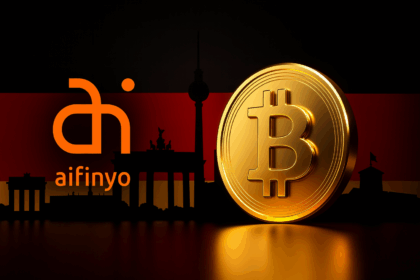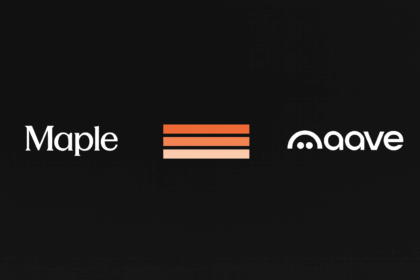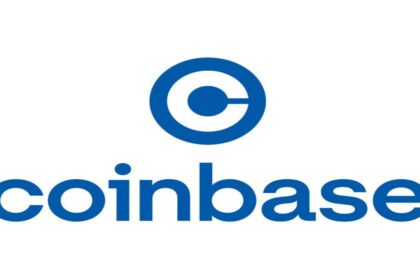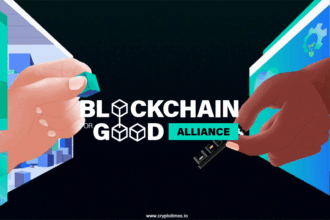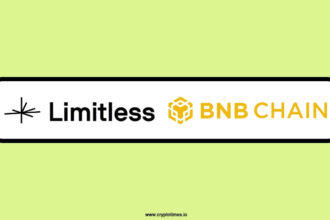Uniswap CEO Hayden Adams has addressed community concerns over the platform’s Solana integration. According to him, the addition was due to growing demand from users, and not a deviation from Ethereum. Uniswap’s web app now supports Solana, giving users easy access not just to Ethereum, but also to Solana and 13 other blockchains in one place.
Adams addressed community criticism on X, where some users questioned the timing and purpose of the Solana integration. “Lots of people overthinking the Solana integration,” Adams said. “We have a frontend product with users that want access to Solana tokens. Ignoring them loses us users, to absolutely no one’s benefit.”
He emphasized that most of Uniswap’s development resources still target the Ethereum ecosystem, including work on Unichain, v4 hooks, and liquidity provider tools.
Community debate over Uniswap’s direction
Some users expressed skepticism about the move. One user on X, ‘cryptographic,’ argued that “nobody is buying SOL tokens on Uniswap.” Adams quickly replied, “If true, we likely won’t invest that much. If untrue, it brings more users which also get access to L1 + 14 or so EVM chains we support.”
Another user, ‘jpn memelord,’ added that Uniswap Labs’ frontend remains the company’s key revenue source. He noted, “The front end is the product, that is how Uniswap Labs gets paid. $UNI holders see $0 from this product.”
Bridging the two largest DeFi ecosystems
Uniswap Labs said the Solana integration simplifies access to cross-chain DeFi. “Now you can swap tokens across ecosystems from one trusted place,” the team explained. The move eliminates the need for multiple wallets or bridges, streamlining how users interact with decentralized markets.
Solana has a quick and efficient network that currently holds over $10.9 billion in DeFi projects, according to DeFiLlama. Meanwhile, Uniswap’s UNI token was priced around $6.10, showing a small daily increase of 1.77%, with about $304 million in trading volume, as per data from CoinMarketCap.
Uniswap’s addition of Solana shows a shift toward linking separate blockchain networks. It reflects how DeFi platforms are working to make cross-chain access simpler and more practical for active users.
Also Read: Vitalik Suggests Alternate Metrics for ZK and FHE Efficiency



